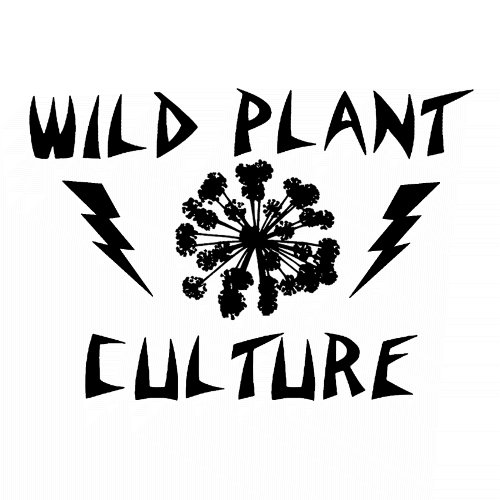Showy Goldenrod

Almost every place around here has its goldenrod.
You can guess a lot about a habitat just by knowing which goldenrod species are present there. Walk up to me with Solidago sempervirens and I can guess you've been hanging out on the beach. Come at me with Solidago patula, and I'll check your shoes for a coating of nice black swamp muck.
In our area, goldenrod species occupy a spectrum of habitats from rich wooded riverbank to rocky acidic glade, from shaded swamp to the cracks in the pavement of an old parking lot.
Solidago is primarily a North American genus[1], and it is on this continent that the goldenrods have speciated to fill so many niches.
Not all occupy intensely disturbed habitats, but most or all rely on at least some disturbance or sunny opening to recruit and persist. The goldenrods are wind-dispersed, prolific seeders, highly attractive to pollinators, and are often aggressive spreaders by rhizomes.
Most goldenrods are easy to identify as such even when not in flower. They have a distinctive aroma due to the presence of powerful terpenes. These are likely evolved to deter herbivory, possibly by both vertebrates and invertebrates. Most of the goldenrod species are deer-resistant, though the forest species are less so. Goldenrod's aromatic phytochemicals also underlie the use of various species for tea and herbal medicine.
There are about thirty goldenrod species in New Jersey, and nine of them are on the state list as rarities.
Showy goldenrod (Solidago speciosa) is one of these. Ranked S2 ("Imperiled"), there is a nice meta-population with scattered occurrences throughout a certain northern Hunterdon County township. Showy goldenrod is quite a beauty, with lush, smooth leaves and flowers on branching panicles like upright yellow candelabras.
Showy Goldenrod at Wild Ridge Farm
Many of the common goldenrod species have flowering panicles that are secund. That is, all the flowers are on one side of a spreading flowering stem or branch, facing up and out. With showy goldenrod, and with the various "wand-shaped" goldenrods, the flowers surround the stem on all sides.
The spot where I first encountered showy goldenrod had character. I'd describe it as a savannah of nicely spaced flowering dogwood trees with common milkweed, butterfly milkweed, and showy goldenrod below. However, that's not altogether an honest portrait. The place is in the throes of succession and incursion by autumn olive, linden viburnum, Siebold's viburnum, and a few other woody species that threaten to shade out the goldenrods and milkweeds completely. It would be a great site in which to do restoration work to maintain the savannah-like character.
Showy goldenrod also grows up a nearby powerline; along the edges of a nearby farm field, and down a roadside a mile or two away. I imagine there are more stations nearby on private property.
What controls its distribution is unknown to me. It is a large, vigorous species and is deer resistant. It seems to appreciate good drainage and probably a rich geology. You'd think it could grow many more places than it does.
The other spot I know Solidago speciosa from is a diabase meadow in Pennsylvania. The species could probably be characterized as a prairie plant: it seems to be most densely distributed in the prairie states, though it occurs more-or-less throughout the East excepting northern New England and parts of the deep South.
In a diabase meadow with big bluestem and late purple aster
Nathaniel Lord Britton's Catalogue of Plants Found in New Jersey (1889) lists the species as occurring in "Rich rocky woods and open places", with stations in Essex (Montclair Heights), Bergen (Palisades), Sussex (about Sparta), Warren (on the Delaware below Phillipsburg) and Hunterdon (near Stockton). I'd presume from this list that it has an affinity for diabase, rich shales, and maybe limestone.
An interesting comparative study[2] of two goldenrod species, S. shortii (a narrowly endemic rarity) and S. altissima (a widespread generalist) suggests that the rare species was better adapted to special conditions (in this case, xeric habitat), but that the common species was a better competitor in terms of size, spread, and seed production, though it was intolerant of the extreme dry habitats the rarity was thriving in.
As for showy goldenrod, it would be interesting to better understand its habitat specialization, and I'll be seeking out more populations. One specialization is clear, however. It is one of the last to bloom of any composites in our flora, often blooming into November. In this manner, it probably avoids competing for pollinators with the more widespread goldenrod species. This attribute also makes it a choice species for pollinator gardens, where it can extend the flowering season deep into the autumn.
[1] "Solidago is found primarily in North America with some South American and Eurasian species (8 in Mexico, 4 in South America, 6–10 in Europe and Asia)." http://www.efloras.org/florataxon.aspx?flora_id=1&taxon_id=130659
[2]Why is Solidago shortii narrowly endemic and S. altissima geographically widespread? A comprehensive comparative study of biological traits. Walck, Baskin and Baskin 2001
